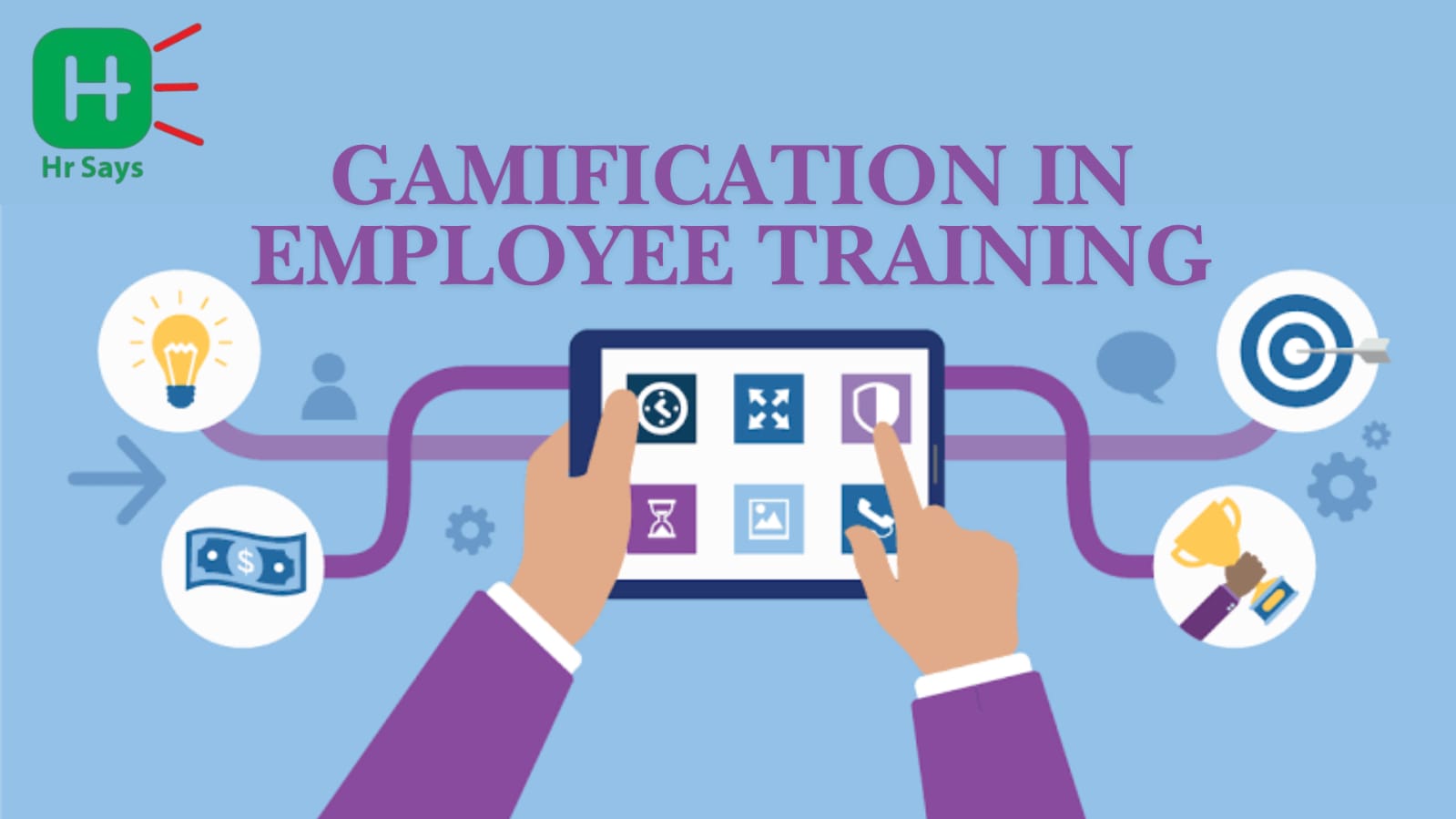Imagine a Monday morning and Priya, a mid level manager at a Mumbai based IT firm, walks into a training session. The room is filled with yawns, half empty coffee cups and the faint glow of laptop screens as colleagues scroll through emails. The trainer begins a PowerPoint presentation titled Compliance Protocols: 2024 Updates. Within minutes, Priya’s mind drifts to her pending deadlines. Sound familiar ?
This scenario is all too common in Indian workplaces. Traditional training methods; lectures, manuals and endless slides often fail to engage employees. But what if learning felt less like a chore and more like a game ? Enter gamification, a strategy that is transforming how companies train their teams. Let us explore how gamified learning boosts engagement, sharpens skills and even makes Mondays a little brighter.
Why traditional training falls short ?
For decades, corporate India relied on classroom style training. Employees sat through hours of lectures, took notes and later struggled to recall details. The problem ? Passive learning rarely sticks. Human brains thrive on interaction, challenges and rewards, elements missing in conventional methods.
A 2022 survey by an Indian HR consultancy revealed that 65% of employees forgot training content within a week. Another study found that 72% of workers considered mandatory sessions boring or irrelevant. With attention spans shrinking and workloads rising, companies needed a fresh approach. Gamification stepped in as the answer.
Gamification:
It is not about turning work into a video game. Instead, it makes learning interactive by incorporating game like elements like challenges, leaderboards, badges and points. Comparable to a fitness app, it allows you to compete with friends, receive rewards for reaching targets and maintain motivation.
Take TechMahindra, for example. The company introduced a gamified cybersecurity training program where employees earned hacker shields for spotting phishing attempts. Leaderboards showcased top performers and teams competed for monthly trophies. Result ? Completion rates jumped from 40% to 90% and employees reported feeling more confident handling real world threats.
Science meets strategy:
Instant feedback: Games provide immediate rewards (like unlocking a badge), which trigger dopamine release, a neurotransmitter linked to motivation.
Healthy competition: Leaderboards ignite friendly rivalry. When Bengaluru startup GreenCart introduced a sales training game, teams raced to hit virtual targets, boosting actual sales by 34% in a quarter.
Storytelling: Gamified modules often use narratives. A banking training program might cast employees as financial detectives solving fraud cases. Stories make abstract concepts relatable.
Research indicates that when compared to conventional techniques, gamified training can increase knowledge retention by as much as 40%. This method fills gaps because it is universally intuitive, especially in a nation like India where different age groups and levels of tech literacy coexist.
Gamification in India:
Not every company needs a fancy app or big budget. Here is how Indian organizations can start small:
- Microlearning quizzes: Replace hour long sessions with 5 minute quizzes on WhatsApp or Slack. Reward top scorers with coffee vouchers or shoutouts.
- Role playing: Simulate customer interactions for retail or hospitality staff. Employees earn points for empathy and problem solving.
- Progress dashboards: Let employees track their learning journey visually. A simple progress bar can create a just one more level urge.
Infosys famously used gamification to train 50,000+ employees in AI basics. Through puzzle solving games, employees grasped complex topics without feeling overwhelmed.
Human touch:
Gamification is not a one size fits all fix. Overloading employees with too many games can backfire. The key is balance:
Align with goals: Training should tie to real world skills. A gamified module on data entry should reduce errors, not just award points.
Celebrate efforts: Recognize improvement, not just top ranks. A most improved badge keeps morale high.
Be inclusive: Do not alienate non gamers. Provide a variety of earning opportunities, such as creative or team building exercises.
Conclusion:
Indian companies must invest in the training of their staff members because they compete on a worldwide basis. Gamification transforms training into an adventure, elevating learning from a chore to a journey. Imagine Priya's next training session: rather than dozing off, she is working with colleagues to solve puzzles and laugh as they unlock achievements. The outcome? a knowledgeable, driven workforce prepared to take on the challenges of the future. Why should children have all the fun, after all? The future of education is here for India's professionals, and it is powerful, playful, and incredibly human.

 Gamification is not about turning work into a video game. Instead, it uses game like elements; points, badges, leaderboards and challenges to make learning interactive.
Gamification is not about turning work into a video game. Instead, it uses game like elements; points, badges, leaderboards and challenges to make learning interactive.












.jpeg)












.jpeg)